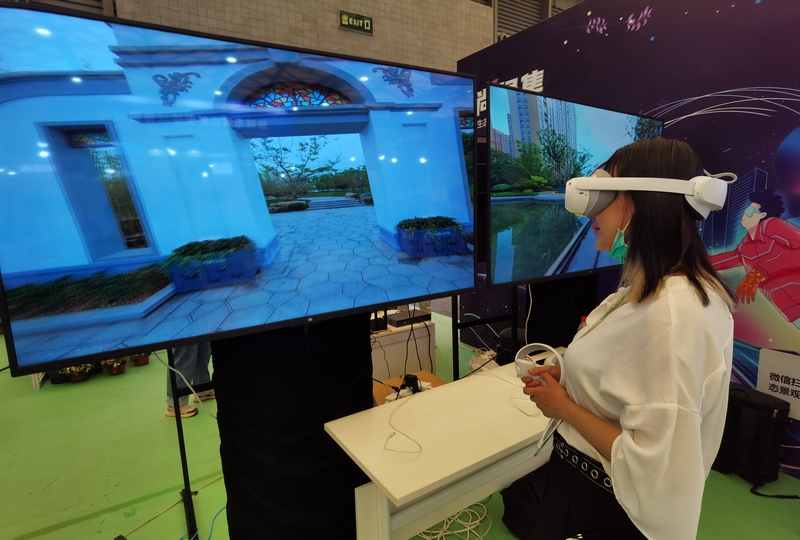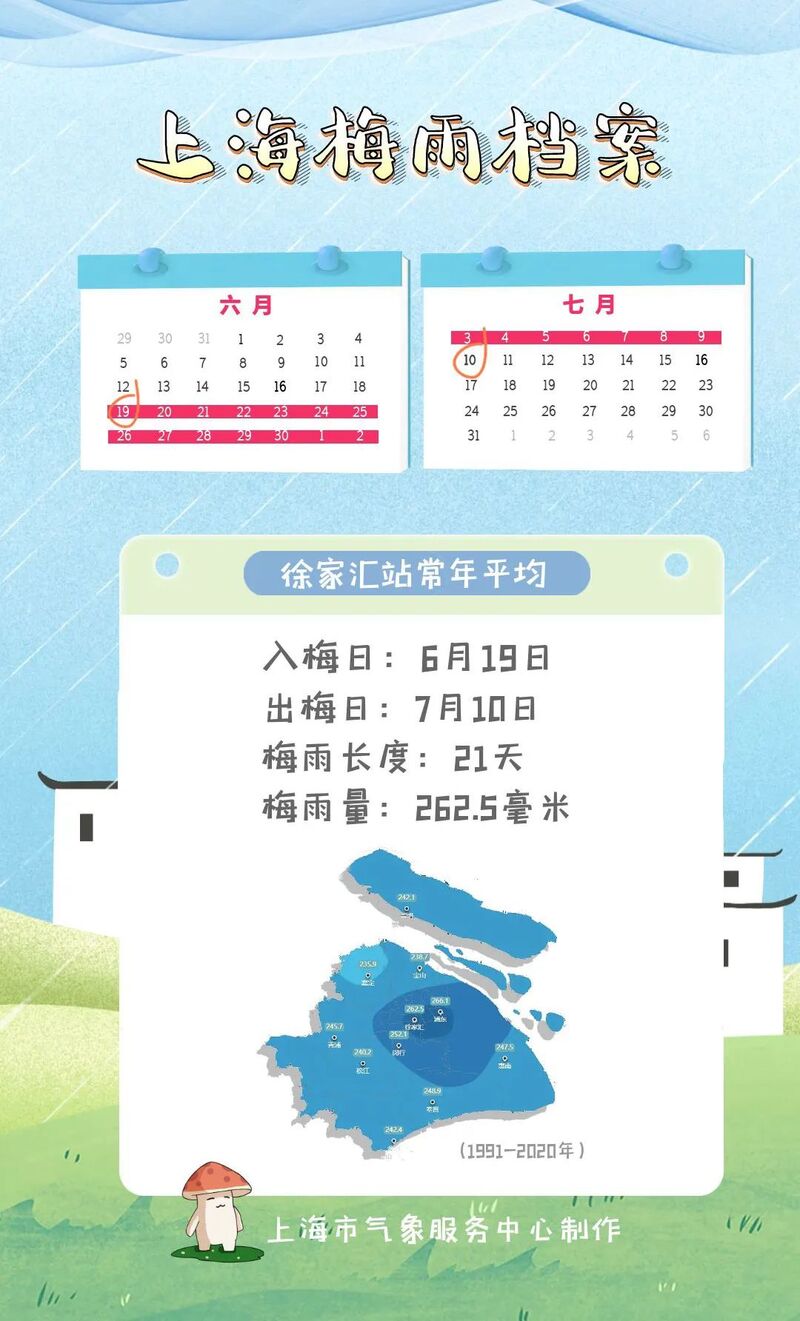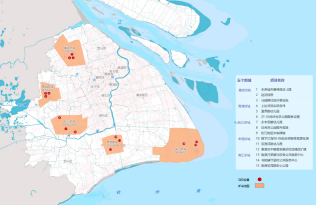The catering industry is not a blind spot for energy conservation and emission reduction. It wastes an average of two to three million takeout orders per day, and even orders "no cutlery" and delivers them
When a consumer orders takeout, they even click on the "no cutlery" option, but the package still comes with a cutlery set. Apart from the relatively practical disposable chopsticks and tissues, the remaining spoons and toothpicks are directly thrown into the trash bag.
Such a seemingly small action, combined with the daily average of two to three million takeout orders in Shanghai, would be a huge waste if accumulated. In fact, as long as restaurants strengthen the management of takeout packers, take a closer look, and strictly pack according to order requirements, such waste can be completely avoided.
On September 19th, the Shanghai Municipal Bureau of Market Regulation announced that two of the first five catering enterprises in Shanghai to participate in green catering service certification have passed the certification. Can this new pilot project change the lagging situation of energy conservation and emission reduction in the catering industry?
Poor appearance, cut vegetable hearts into sections to make employee instant rice
Shanghai Hongziji Food Collection Co., Ltd. has passed the green catering service certification this time.
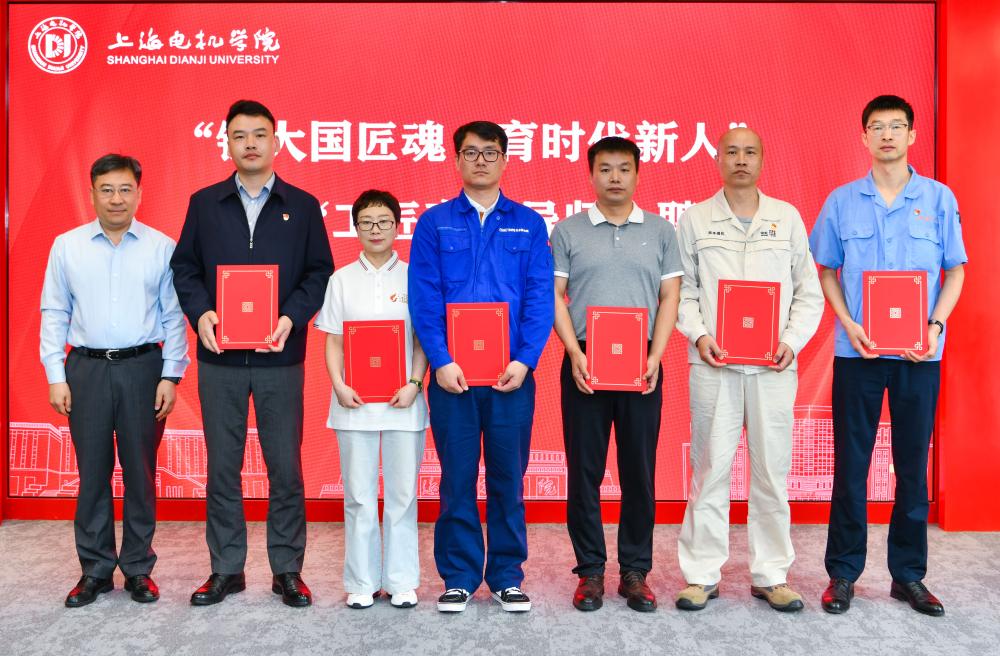
Ye Lixia, the general manager of Hongziji Fenghuang Building, admitted that she used to think that energy conservation and environmental protection were a social responsibility. However, this certification process has made them realize that energy conservation and environmental protection are not investments with no return, but will bring tangible benefits.
When redecorating in 2021, Hongziji Fenghuang Building made up its mind to adopt a higher investment energy-saving and environmentally friendly renovation plan: all 15000 square meters of restaurants are equipped with LED lighting, which is 20% more energy-efficient than ordinary lighting; The kitchen exhaust system can automatically adjust the speed according to the actual load, saving 35% energy compared to ordinary equipment; The energy consumption of water heaters has been changed from natural gas to electricity, saving 10-15% energy.
Intelligent oil fume exhaust system, real-time control of air volume, energy-saving. Photo by Chen Xishuo
"It is 20-30% more expensive than ordinary materials, but in the long run, it can save a lot of operation and maintenance costs." Ye Lixia revealed that compared to this year and 2018, the hotel's energy consumption in August decreased by 18.66%. Since the beginning of this year, the proportion of energy consumption in the hotel's operating revenue has been 3.3%, which meets the requirement of Shanghai's local standard "Green Restaurant Management Specification" that cannot exceed 4%.
In addition to hardware investment, software management is in place, and there is also potential for energy conservation and emission reduction.

In the back kitchen of Hongziji Fenghuang Building, chef Luo Qingyong did not throw away the poor looking vegetable hearts in the basket. Instead, he poured them back onto the chopping board and carefully cut them into small pieces. "These dishes have no quality issues, but are left over due to the high standards of the dishes being served. They can be placed in kimchi as employee meals without any waste," he said
Luo Qingyong pointed to another basket of cut vegetables and said, "Originally, from the top of the leaves to the root, only about two-thirds of the front part is retained, and the cut leaves and roots are not needed. From a professional perspective, the ingredient yield of this vegetable heart is 60% to 70%, which is a relatively low level.".
The original way of changing the blade was to cut off a small wilted part at the top of the leaf, then remove the root, leaving only two-thirds of the entire vegetable to be eaten. Chen Xi shook the photo
The vegetable roots and leaves that were originally not wanted were processed and fully utilized by Chen Xi
"The ingredient production rates of typical Cantonese restaurants and Benbang restaurants are between 60% -65% and 70% -75%, respectively. The pursuit of delicacy often leads to a certain amount of waste. We are trying our best to find a balance point where we don't have to worry about customers complaining about cutting corners, while also ensuring that we don't waste food." Ye Lixia said that compared to before the renovation, the store's revenue increased by about one-third during the same period this year, but the wet waste output did not increase significantly and remained at the level of about 5 barrels a day, proving that this attempt is feasible.
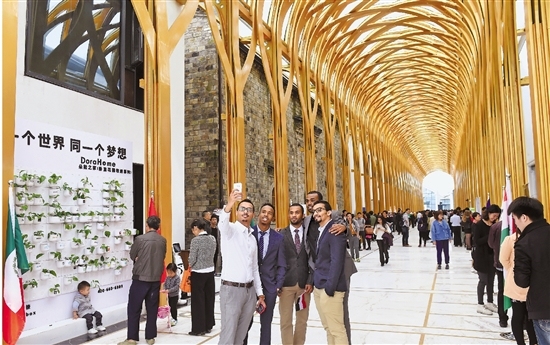
"One person meal" package reduces waste and garbage
"The newly launched green catering service certification is more like a service, making catering enterprises recognize the necessity of energy conservation and emission reduction, and see feasibility." Tan Ping, director of the Shanghai Quality System Audit Center, said that the certification covers the entire process of Chinese restaurant meal services. Through qualitative and quantitative indicator verification, it evaluates the ability level and compliance level of catering enterprises in maximizing resource utilization efficiency, minimizing environmental impact, optimizing consumer food health and safety, and advocates green production and lifestyle. During the evaluation process, market supervision departments and relevant institutions will provide point-to-point guidance to help eligible enterprises meet the standards.
This standard refines the green catering action goals and quantifiable indicators at each service touchpoint from four aspects: environment, resources, energy, and service quality. It integrates the business philosophy of food safety, low-carbon environmental protection, and healthy eating into multiple aspects of catering enterprise procurement, warehousing, processing, and service.
According to the standard requirements, catering enterprises need to integrate the green and low-carbon concept in every detail of contact with consumers, such as reception services, restaurant environment layout, welcome seating, dining services, checkout and closing, through environmental display, use of goods, guidance and publicity, including reminding green travel when making appointments, prompting appropriate ordering when ordering, actively recommending small dishes, platters, advocating Clean Your Plate Campaign and food packaging, providing biodegradable lunch boxes, etc.
Certification certificate taken by Chen Xi

Qiu Yan, Vice President of Harvest Day Co., Ltd., admitted that although the company has made many attempts in green catering services, they are not systematic, and there are also some blind spots that were originally believed to have poor energy-saving and emission reduction effects after investment. After participating in certification, there has been a significant improvement.
Taking the "one person meal" package launched by Harvest Day and Fenghe Rili as an example, the meals in the package have decreased in quantity but increased in variety, which not only reduces waste caused by not being able to eat, but also significantly reduces the production of disposable meal boxes.
"Shredded pork and green pepper and stir fried pork. Before such dishes were served, they were packed into one lunch box in large portions. After we tracked the repurchase rate, we found that the acceptance of customers was not high." Qiu Yan said that after the improvement of dishes and lunch boxes, a new specially designed lunch box was used to contain more categories of "one-quarter dishes", and the "one-man food" launched in this way was very popular.
Qiu Yan introduced that companies have assessment requirements for energy conservation and emission reduction for store employees, one of which is to strictly place disposable tableware in accordance with customer order requirements, and not place tableware if not required.
Eating all the food and littering with only one or two lunch boxes is also a previously overlooked energy-saving and emission reduction method.

